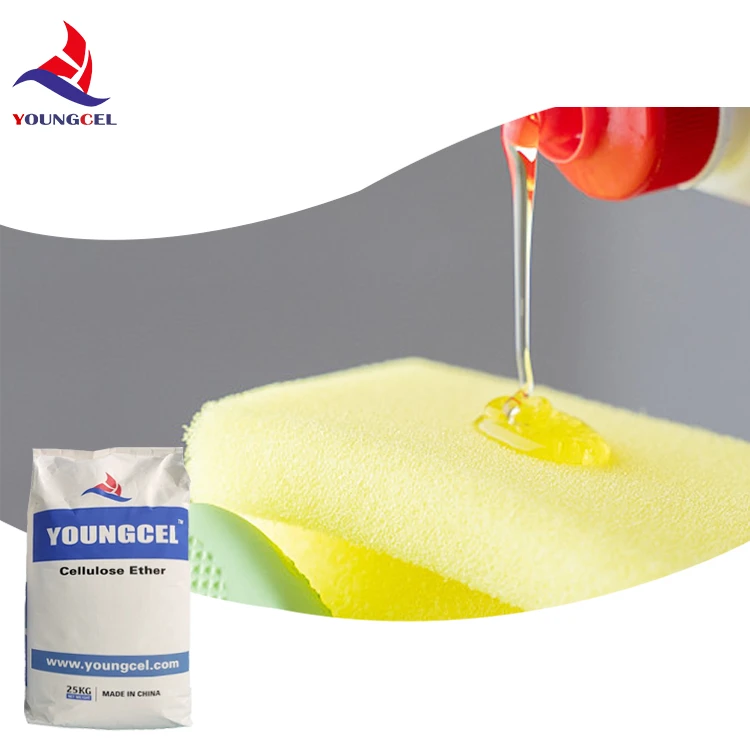The Versatility of Hydroxypropyl Methylcellulose (HPMC)
Hydroxypropyl Methylcellulose (HPMC) is a fascinating compound that falls under the category of cellulose derivatives. It is a non-ionic, water-soluble cellulose ether that is extensively utilized in various industries, including pharmaceuticals, food, cosmetics, and construction. Its unique chemical structure and properties make it a popular choice for numerous applications, where it effectively functions as a thickener, binder, film former, and more.
One of the hallmark features of HPMC is its ability to dissolve in cold water to form a gel-like solution. This property can be attributed to its hydroxypropyl and methyl substitutions, which enhance its solubility and thermal stability. This characteristic is especially useful in the pharmaceutical industry, where HPMC serves as an excipient in tablet formulations. As a binder in pill and capsule manufacturing, HPMC helps to ensure the uniform dispersion of active ingredients, contributing to the overall effectiveness and stability of the medicinal product.
In addition to its role as a binder, HPMC is widely recognized for its viscosity-modifying capabilities. This feature is particularly valuable when formulating liquids, where HPMC can be used to thicken solutions, thereby improving their texture and mouthfeel. This is notably important in the food industry, where HPMC is often included in products such as sauces, dressings, and dairy alternatives. The ability of HPMC to retain moisture is another significant advantage, as it contributes to the shelf-life of food products by preventing spoilage and maintaining freshness.
methyl cellulos hpmc

Cosmetics and personal care products also benefit from incorporating HPMC. It acts as a thickening agent in lotions, creams, and gels, providing a desirable consistency and enhancing the product’s sensory attributes. Furthermore, HPMC serves a critical role in sustainable formulations, as it is derived from natural cellulose, aligning with the increasing consumer demand for eco-friendly and biodegradable products.
In the construction industry, HPMC is utilized as an additive in plaster, mortar, and tile adhesives. Its water-retention properties improve the workability and adhesion of these construction materials, promoting better performance and durability. Additionally, the use of HPMC can lead to a smoother application and extended open time for construction workers, making construction processes more efficient.
Despite its wide usage, there are specific considerations to keep in mind when handling HPMC. The compound is generally recognized as safe (GRAS) for consumption, but its properties may vary depending on the degree of substitution and molecular weight. Thus, understanding these variations is crucial for achieving desired outcomes in different applications. The growing trend towards natural and organic products has also paved the way for renewed interest in HPMC, with researchers continuously exploring new applications and formulations.
In conclusion, Hydroxypropyl Methylcellulose (HPMC) is a versatile and essential compound across multiple industries. Its unique attributes make it a critical ingredient in pharmaceuticals, food production, cosmetics, and construction materials. As technology advances and demand for sustainable alternatives grows, the role of HPMC is likely to expand, continuing to bridge the gap between innovation and practicality. The ongoing exploration of its potential applications demonstrates the enduring significance of HPMC in meeting contemporary consumer needs and industrial demands.
-
The Application and Significance of Construction RdpNewsMay.19,2025
-
Industrial Grade HpmcNewsMay.19,2025
-
Building Coating Adhesive Building Coating Adhesive HpmcNewsMay.19,2025
-
Application Of Hpmc For Detergent For Detergent In DetergentsNewsMay.19,2025
-
Application Of Hpmc Cellulose In Cement-Based MaterialsNewsMay.19,2025
-
Application Of High Quality Hpmc For Construction In The Field Of ConstructionNewsMay.19,2025




